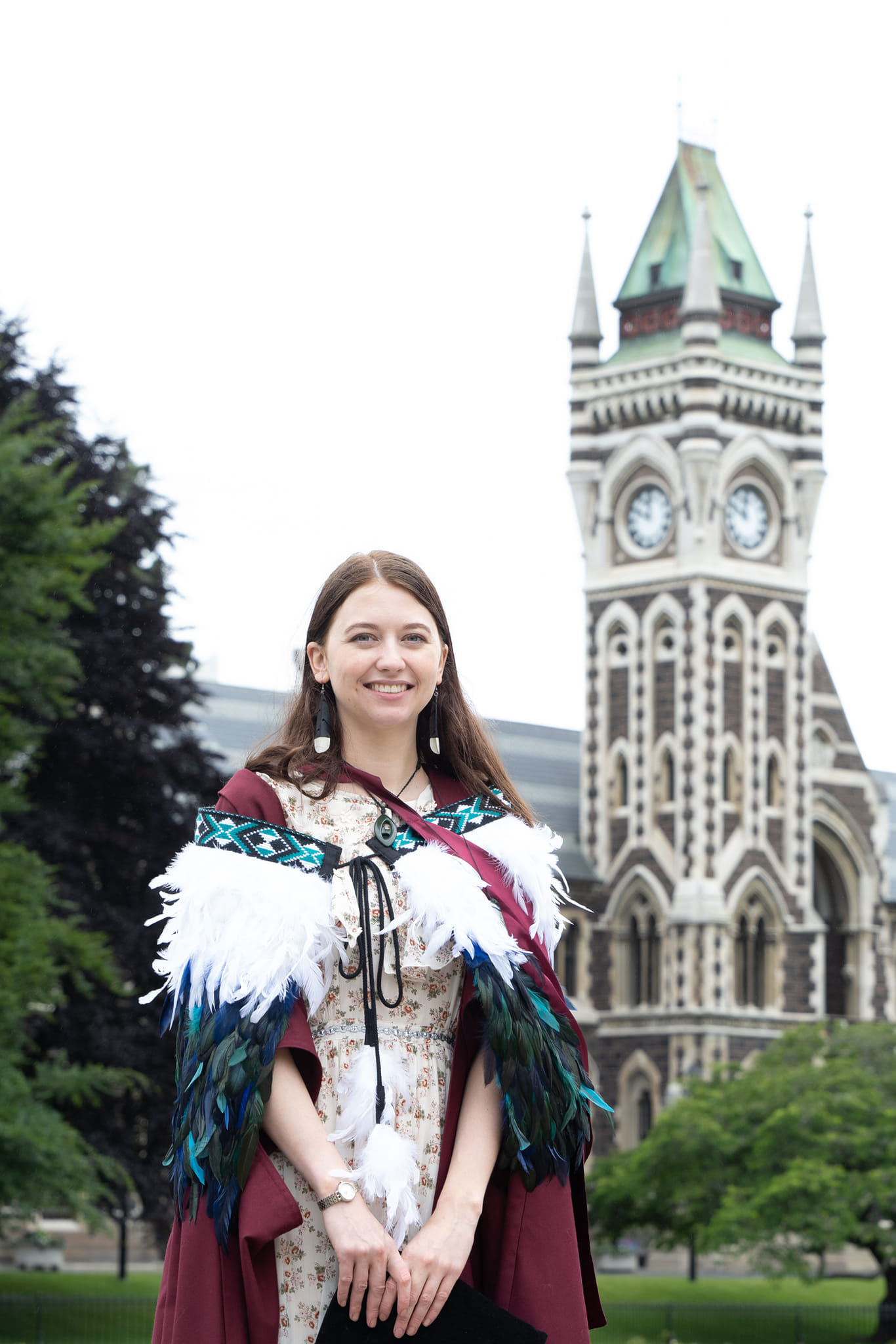Priority Theme: Prevention
Discipline: Virology
Native animals in Aotearoa New Zealand are hosts to viruses not found anywhere else in the world. Little is known about these viruses, such as their potential to cause disease or spread to other animals or humans.
AI algorithms such as AlphaFold are used internationally to predict virus components. But they do not have enough reference models to produce reliable, confident predictions on highly divergent viruses such as those native to Aotearoa. Future native New Zealand viruses yet to be discovered will likely face the same issues.
As part of the Kia Niwha Leader Fellowship, Dr Alice-Roza Eruera will undertake a one-year project where she will create 3D structures of native New Zealand viruses and make them freely available as reference models to guide AI tools. Analysis of these structures will give information about viral evolution and could be used to determine the risk of spillover from animals to humans by comparing our native viral structures to known pathogens.

